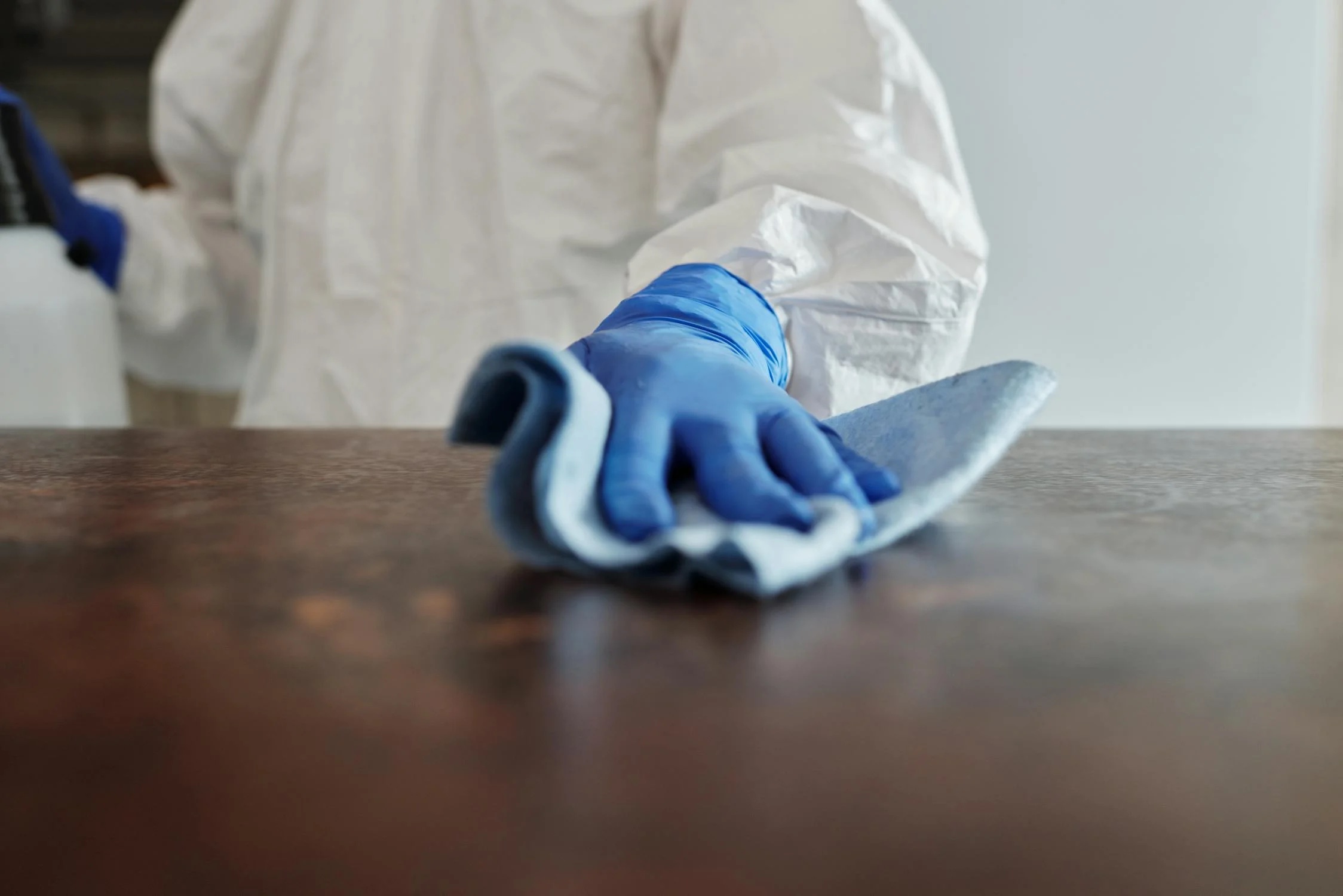In recent years, a concerning link has been observed between common household chemicals and the risk of developmental issues like autism.
A pivotal study led by Dr. Paul Tesar from Case Western Reserve University has unveiled alarming connections between certain chemicals found in everyday products, including baby wipes, and developmental problems in children.
What Are OFRs and QACs?
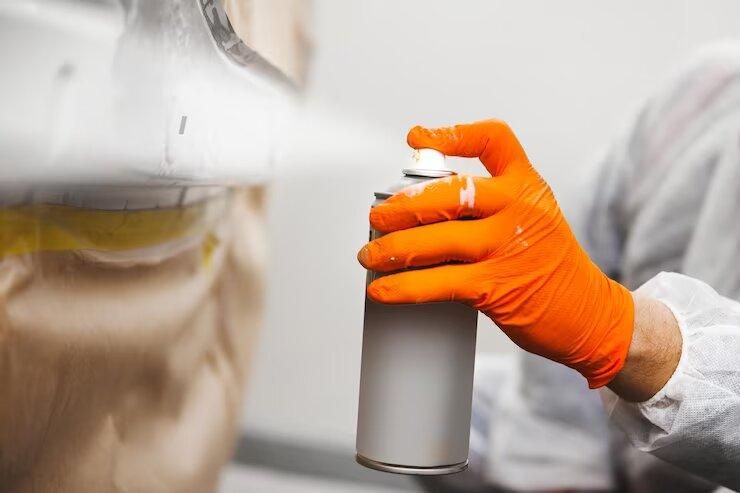
According to the CDC, OFRs, or organophosphate flame retardants, and QACs, quaternary ammonium compounds, are two types of chemicals that have become staples in our homes.
Found in items ranging from furniture and electronics to cleaning products and, notably, baby wipes, these substances are used for their fire-retardant properties and ability to kill germs. However, their widespread use raises questions about their safety, particularly for children.
The Study’s Findings

The groundbreaking research conducted by Dr. Tesar and his team revealed a stark correlation: children with higher levels of OFRs and QACs in their urine exhibited a greater risk of developing movement dysfunctions and requiring special-needs services (via Nature Neuroscience).
This finding suggests that the ubiquitous presence of these chemicals might be more harmful than previously thought, underscoring the urgency of reevaluating their use in consumer products.
Effects on Brain Cells
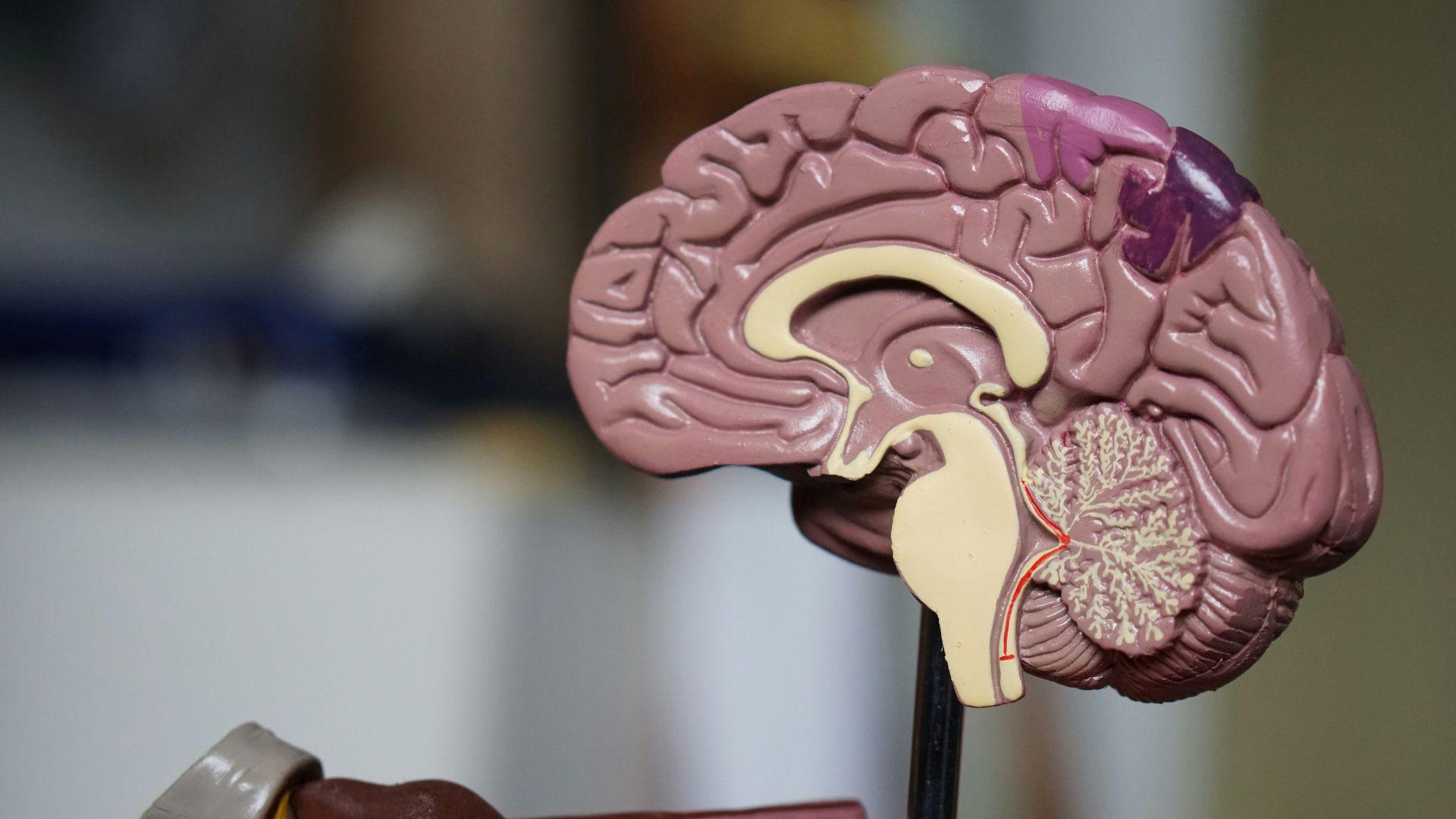
The study went beyond just statistical analysis and looked into the biological impact of OFRs and QACs. In laboratory experiments on mice, exposure to these chemicals was found to damage oligodendrocytes — vital brain cells responsible for nerve protection.
This damage could potentially lead to neurological conditions such as autism and multiple sclerosis (MS), highlighting a direct threat these chemicals pose to brain health.
Increased Use Post-COVID
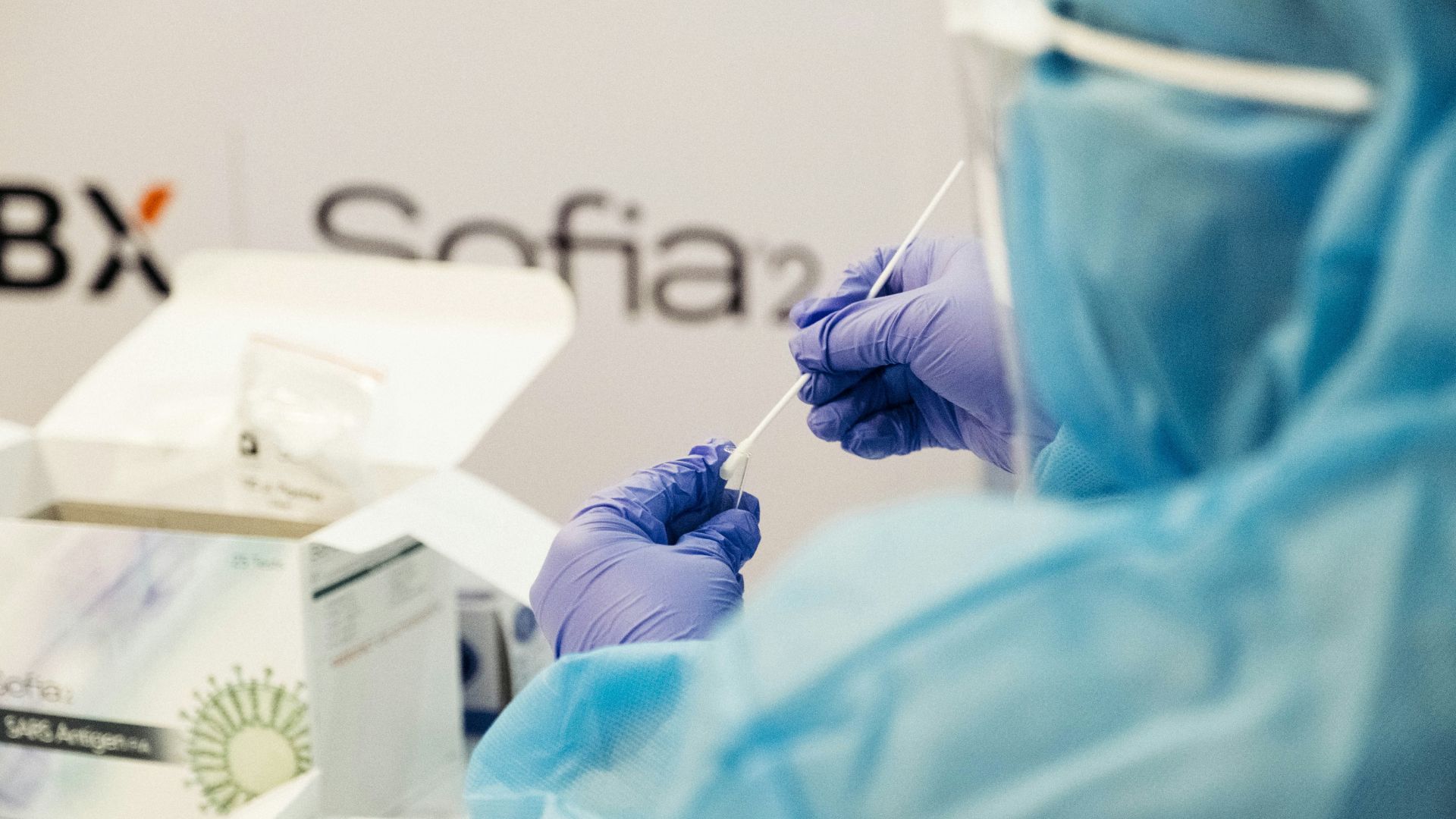
Since the outbreak of COVID-19, products like hand gels that contain these harmful chemicals have seen a surge in use, with the FDA warning against certain types.
This increase has inadvertently elevated the risk of exposure, especially among children, who are more susceptible to their adverse effects. The study’s findings signal a need for greater caution and moderation in using disinfectants and other similar products in our daily lives.
Regulatory Concerns

Dr. Tesar’s research serves as a crucial call to action for more stringent regulatory scrutiny of household chemicals. The lack of comprehensive regulations governing the use of OFRs and QACs poses a significant public health risk.
“Our findings suggest that more comprehensive scrutiny of the impacts of these common household chemicals on brain health is necessary,” Dr. Tesar said (via The Daily Mail).
National Data Analysis

The study’s analysis of CDC data from 2013 to 2018 revealed a troubling statistic: a type of OFR was found in 99% of children’s urine samples, with levels significantly higher than those in adults.
This widespread prevalence shows the need for action to reduce exposure to these potentially harmful chemicals.
Special Needs and Chemical Exposure

One of the most striking findings of the study was the correlation between the need for special education services and high levels of OFRs in children.
This suggests that exposure to these chemicals could be contributing to an increased demand for special-needs services, a concerning trend that highlights children’s vulnerability to environmental toxins.
The Autism Connection

Autism, affecting one in 36 children in the U.S. according to Autism Speaks, is a complex disorder with both genetic and environmental factors at play. The study’s insights into how OFRs and QACs might contribute to the development of autism provide a critical piece of the puzzle.
Understanding the role of environmental factors is key to developing preventive strategies, and the study’s call for further research supports this.
No Silver Bullet

While the link between household chemicals and developmental disorders is alarming, it’s important to remember that conditions like autism and MS have multifaceted causes.
“Neurological problems impact millions of people, but only a fraction of cases can be attributed to genetics alone,” the study points out, emphasizing the importance of considering environmental factors.
Future Research Directions
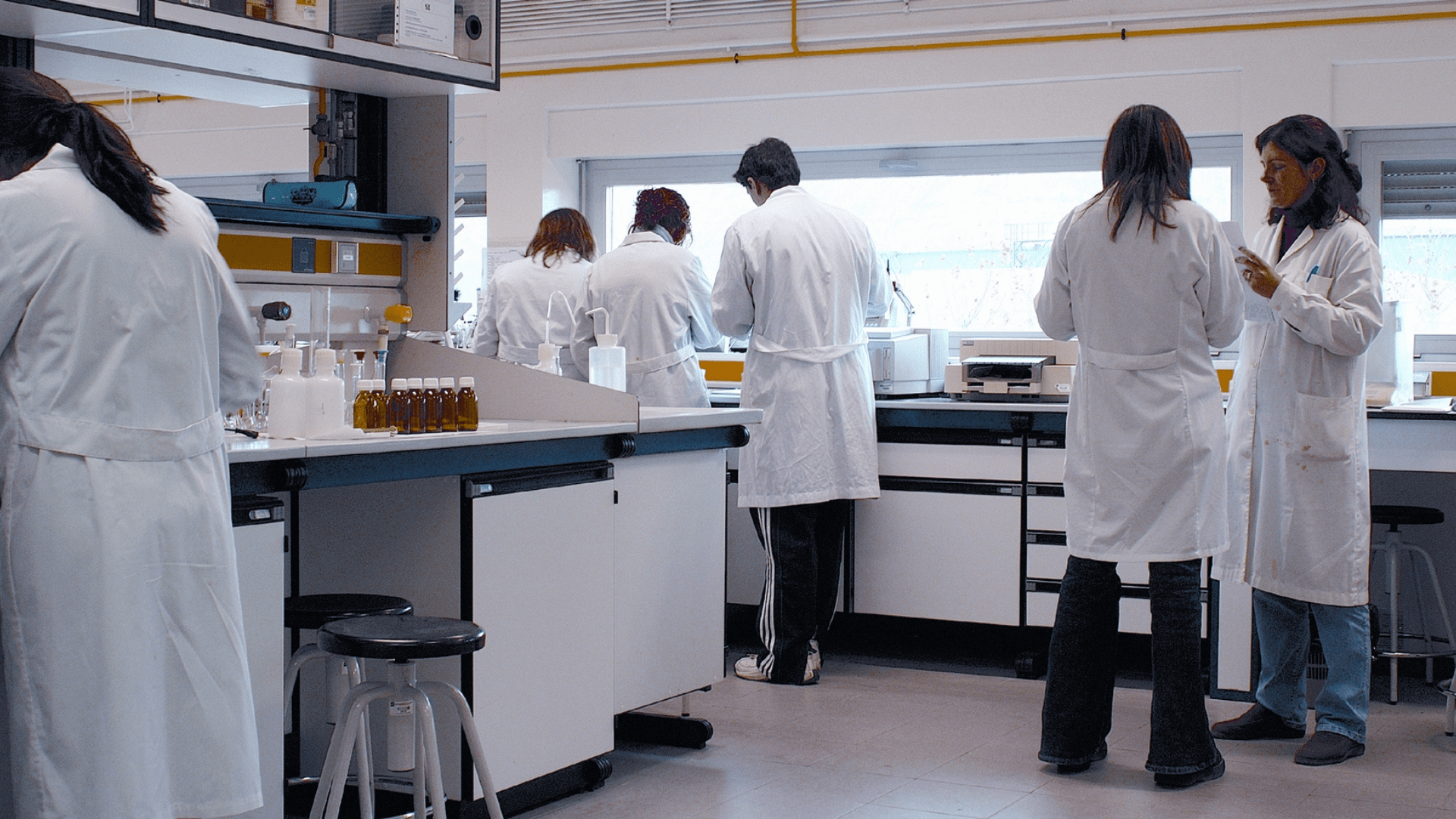
The study not only sheds light on the potential dangers of OFRs and QACs but also lays the groundwork for future research.
Investigating how these chemicals affect human brain structures and determining the exposure levels necessary to cause disease are crucial next steps. This research could lead to more effective regulatory measures and preventive strategies.
What Can Parents Do?

In the face of these findings, parents and caregivers can take proactive steps to minimize exposure to harmful chemicals. Opting for baby wipes and other products free from OFRs and QACs and using disinfectants sparingly can help protect children’s health.
Making informed choices about the products we use daily is a powerful way to safeguard our families.
























